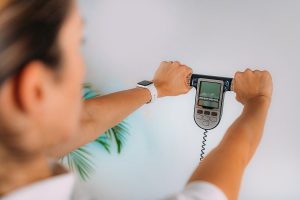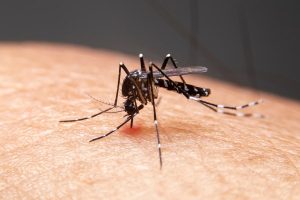 It’s terrifying to think that a supplement you seek out to improve your health could actually be hurting you, but that’s exactly what some experts are saying about the daily vitamin regimen many of us subscribe to.
It’s terrifying to think that a supplement you seek out to improve your health could actually be hurting you, but that’s exactly what some experts are saying about the daily vitamin regimen many of us subscribe to.
RealFarmacy.com explains that even starting with the packaging and content, the entire industry is in on decieving consumers. “Did you know that more than 95% of the vitamins, minerals and antioxidants that you can buy at “health food” stores and close to 100% of those sold in other stores are now made by the same few pharmaceutical and chemical companies who supply them to most all the vitamin and mineral companies?”
The site goes on to say that, for example, there are five toxic ingredients contained in versions of the most popular vitamin on the market today, Centrum, whose parent company is Pfizer. “Less than a year ago, Pfizer was being sued for making false claims about their Centrum multivitamins and there alleged ability to promote “breast health” and “colon health.” The reality is that these supposed “vitamins” are merely synthetic chemical counterparts that do not carry the same benefits as the naturally occurring minerals and, in fact, can cause a myriad of damaging health effects.” The five toxic ingredients that pop up most often include Ferrous Fumarate, Chromic Chloride, Magnesium Stearate, Manganese Sulfate, and Sodium Selenite. What can the everyday health-conscious customer do to avoid falling victim to these company’s tricky traps?
Cheryl Myers of FoodMatters.tv says to always look for the words “100 percent natural” on the product’s label. “Some product labels may contain the words “natural,” but manufacturers can claim “natural” on their nutritional products if at least 10 percent of the product comes from natural food sources. The Organic Consumers Organization recommends looking for products that contain “100 percent plant-based” or “100 percent animal-based” on the product’s label.”
Next, find the “food source” list on the products label. “If the product’s label does not contain a list of natural food sources, then the product is synthetic. Look for food sources such as yeast, fish, vegetable and citrus.” Dr. Ben Kim, a chiropractor and acupuncturist with his own radio show, says to look for foods on the list of ingredients that contain a certain vitamin, such as “acerola cherry powder,” which contains vitamin C. If you can identify “vitamin C” in the ingredient list, Kim says you can almost guarantee that the vitamin is synthetic.
Look for salt forms on the product label, a synthetic added to supplements for increasing the stability of the vitamin or mineral. Some of the salt forms to look for include acetate, bitartrate, chloride, gluconate, hydrochloride, nitrate and succinate.
Prefixes and suffixes matter too. “Learn how to read the product’s label by looking for keywords that indicate the supplement is synthetic. Words that end in “ide” or “ate” indicate that the product contains salt forms, which are synthetics. For instance, if you see chloride, hydrochloride, acetate or nitrate on the list of ingredients, the manufacturer used synthetics for the product.”
What vitamin brand name do you trust? What steps do you take to be sure your supplements are safe? — Casandra Armour


















very good
i like
Looks like casandra has some good tips!
Very true
Thank you